

We create realistic reflection and mirror effects that make your product images look
more attractive and professional. Our skilled graphic designers carefully add natural-
looking reflections to highlight your products and give them a premium presentation.
Perfect for e-commerce, product showcases, and marketing visuals, our reflection
service ensures your images stand out with elegance and clarity.
Clipping Crafts specializes in delivering the most accurate and natural reflections for your product images. Using advanced Photoshop tools and a fully manual editing process, our expert designers create flawless outcomes that enhance the visual appeal of your photos. Whether you want us to refine an existing reflection or build a brand-new one to match your desired context, we make it happen with precision.
Sometimes, even perfectly captured photos may not fit different publishing or promotional needs. Too much or too little reflection can damage the overall presentation. That’s where our expertise comes in. Our skilled designers know exactly how to create balanced and realistic reflection effects that suit professional catalogs, e-commerce platforms, and high-end advertising. Even if your image doesn’t originally contain any reflection, we can add a natural mirror effect or reflection shadow to showcase your product in the most elegant way possible.
It’s the finishing touches like these that make all the difference—turning a simple product image into a polished, professional visual that builds customer trust. At Clipping Crafts, we focus on details that highlight your brand’s quality.
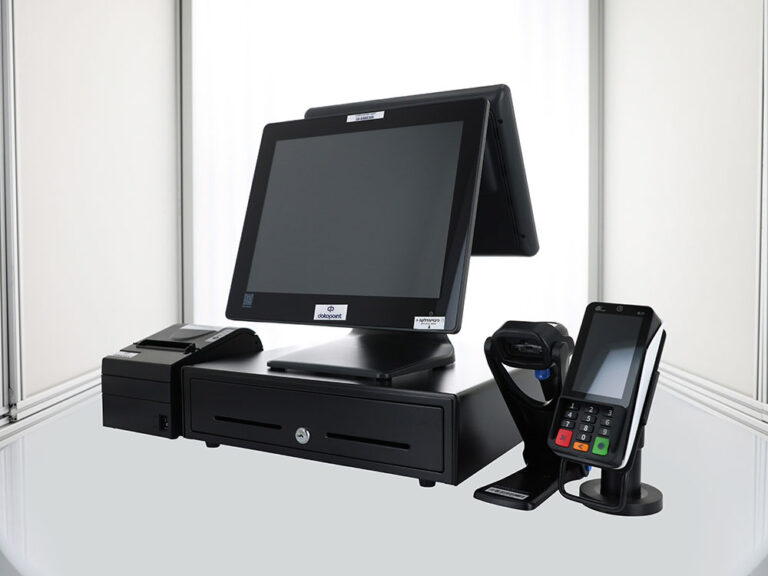
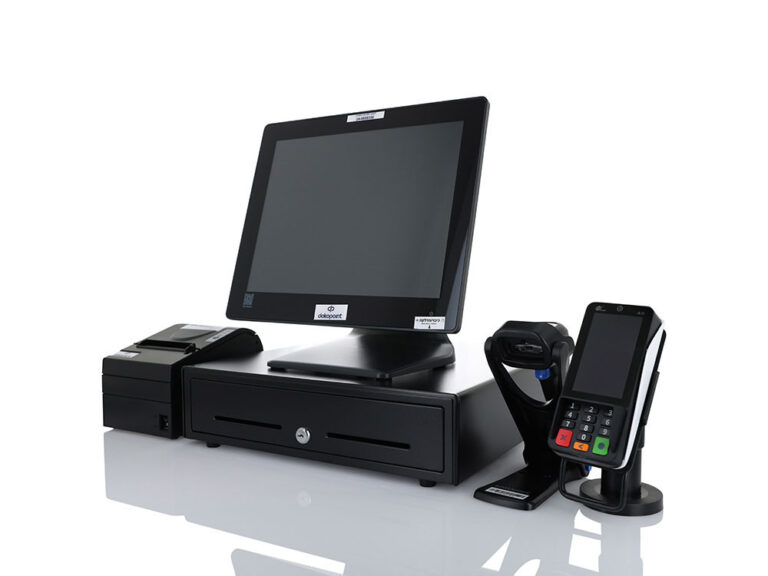


Get a Quick Quotation
Looking for a quote for Drop Shadow, Natural Shadow, or Reflection Shadow services? We’ve got you covered. At Clipping Crafts, we provide fast, transparent, and competitive quotations. In most cases, you can receive a free quote within just one hour of submitting your request.
Our pricing is flexible and based on:The number of imagesThe level of complexityThe required turnaround timeThe more images you order, the lower the per-image cost becomes. We ensure you get the best possible service at a highly competitive rate.
Why Choose Clipping Crafts?Expert Designers: 100% manual Photoshop editing for realistic reflections.
Confidentiality Guaranteed: All images are fully secure in our servers—no third parties involved.Client-Focused Approach: We work closely with you to meet your specific requirements.When you trust us with your reflection editing, you’re choosing a team that values quality, precision, and customer satisfaction above all.
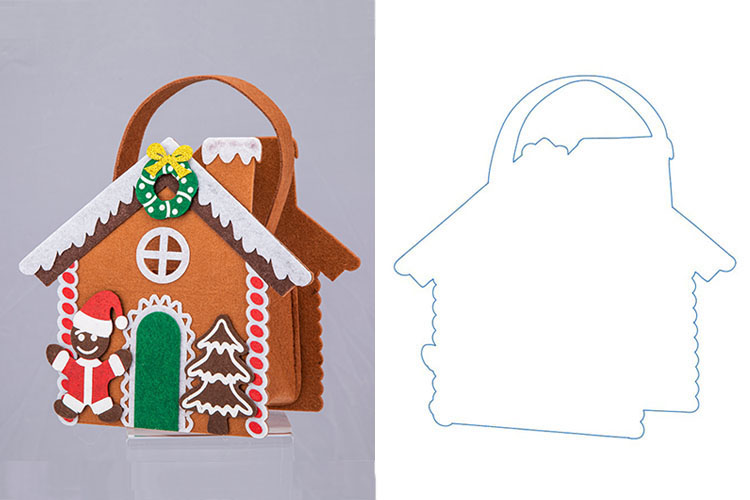
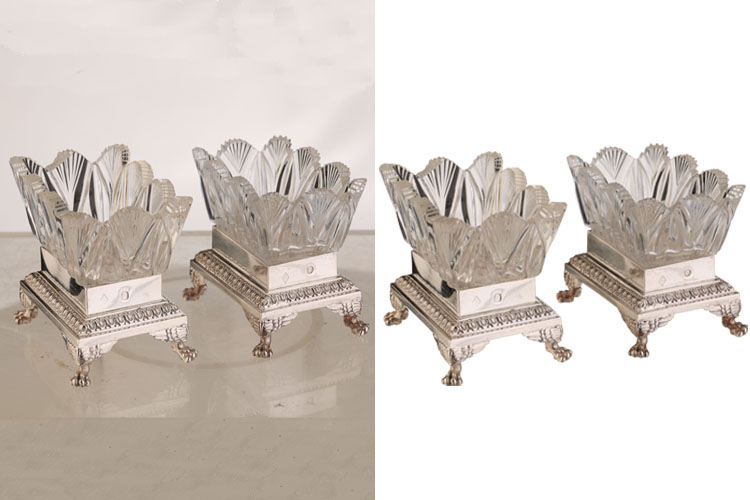
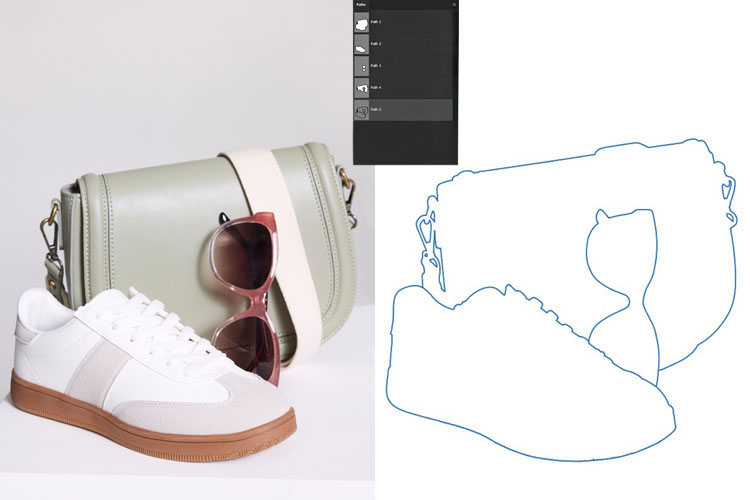
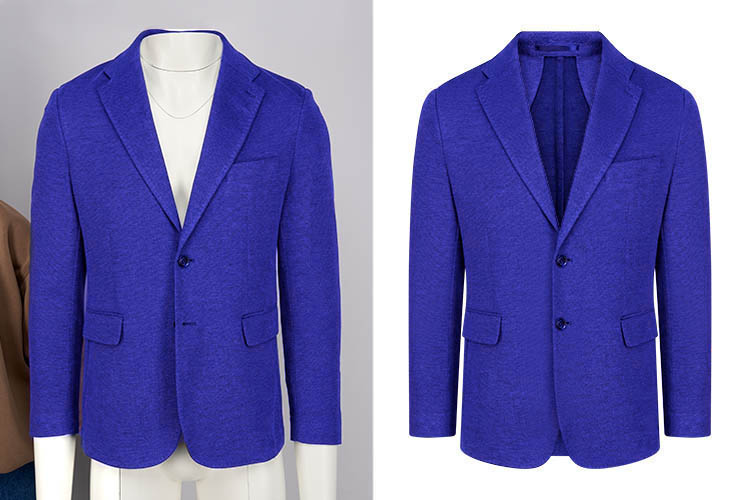
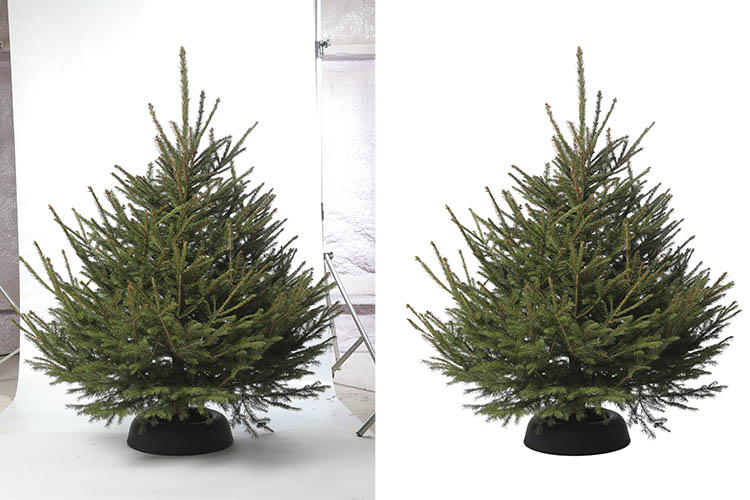
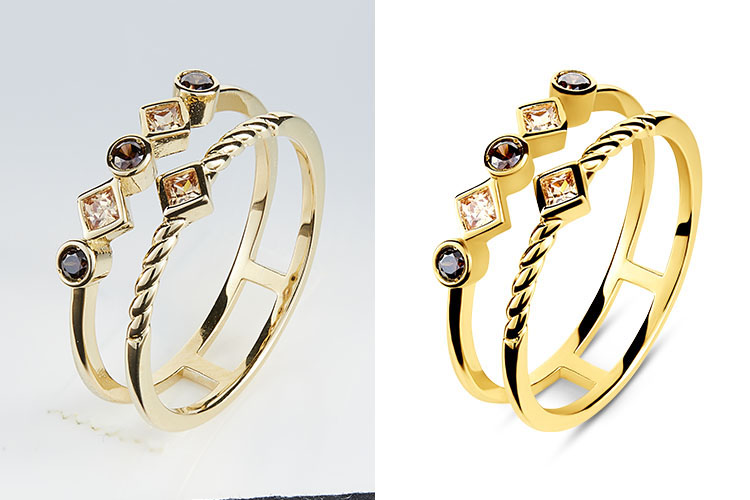
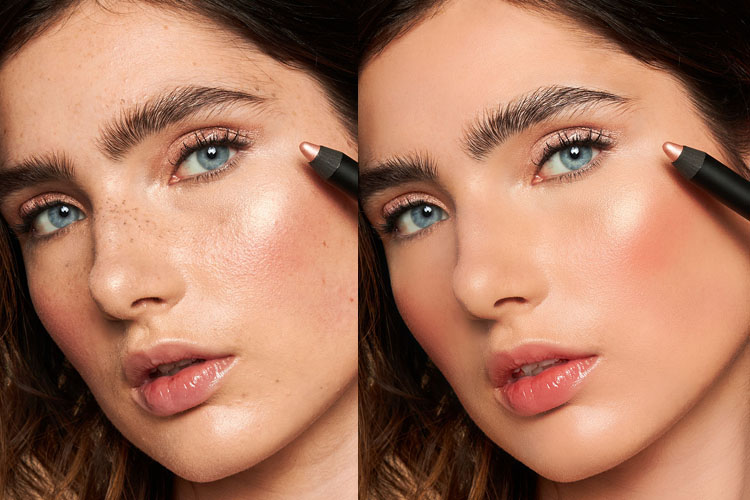
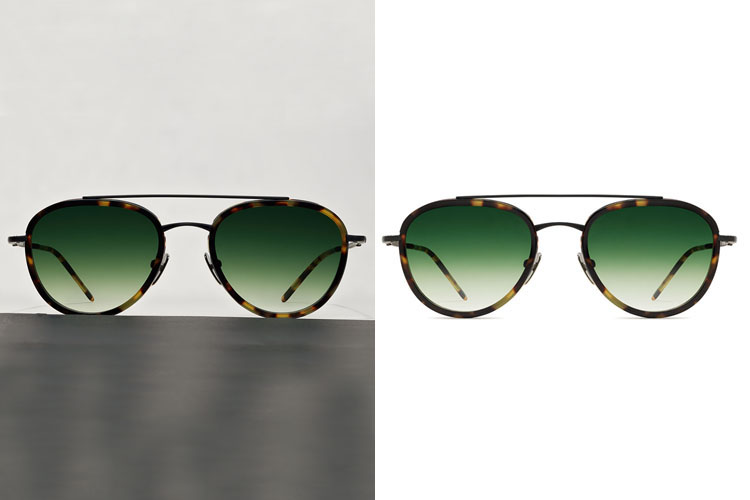
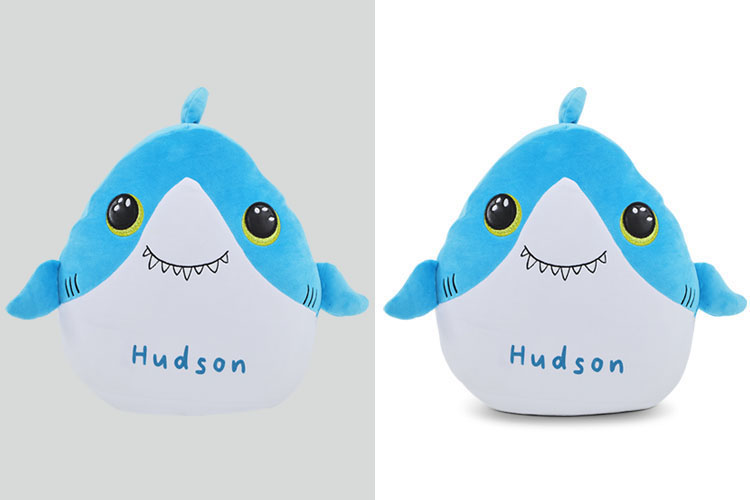
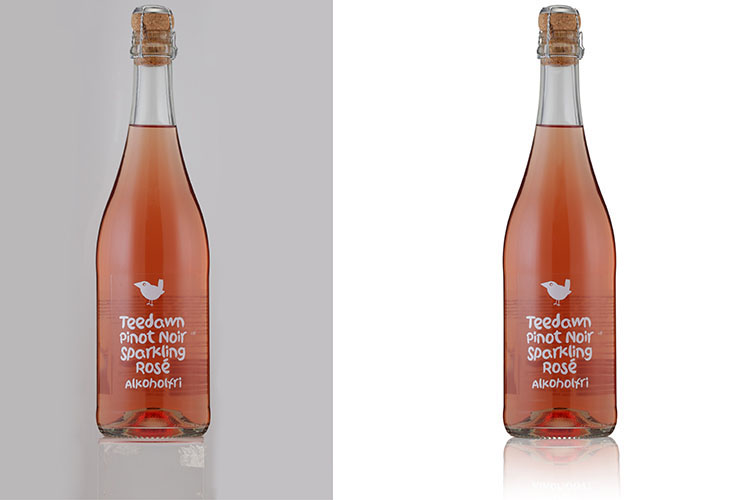
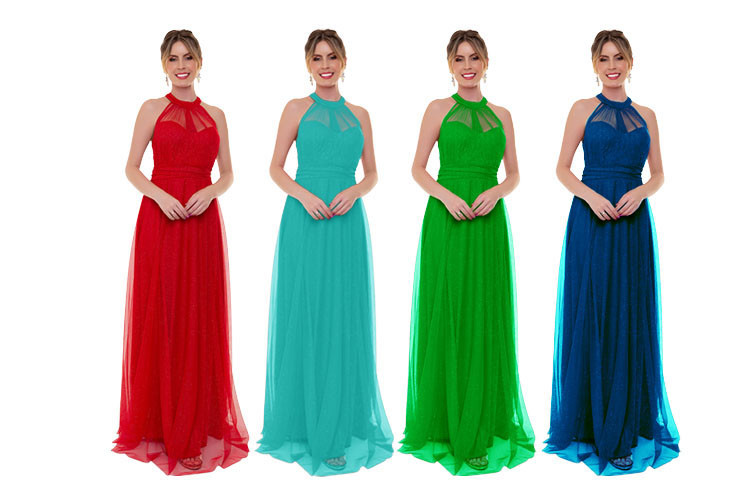
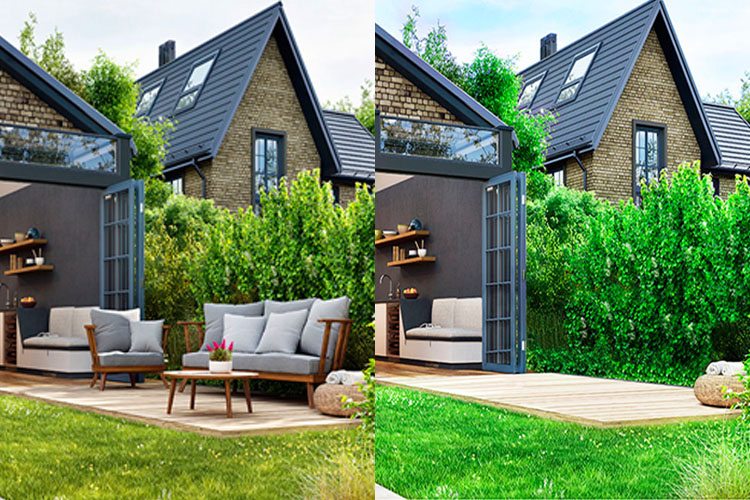
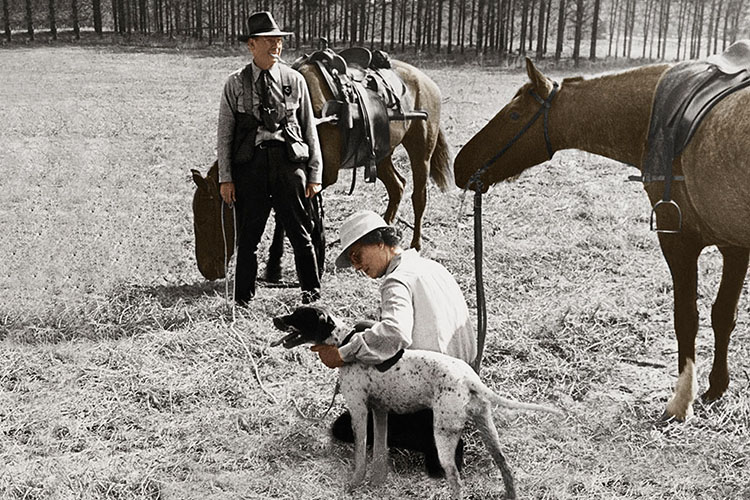
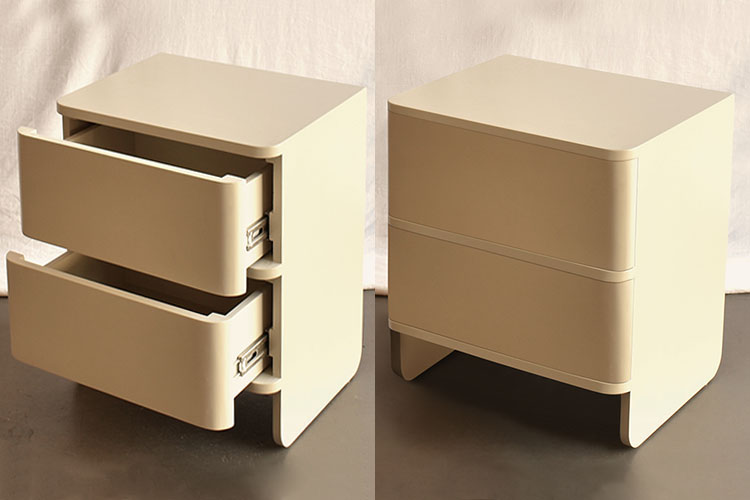
Reflection is the process by which light bounces back after hitting a surface, allowing us to see objects around us. For example, when light strikes a mirror, it reflects directly into our eyes, showing us a clear image of what’s in front of it.
There are two main types of reflection:
Regular Reflection: Occurs on smooth surfaces like mirrors or calm water, producing a sharp and clear image.
Diffuse Reflection: Happens on rough surfaces such as paper or fabric, where light scatters in many directions, so the image appears unclear.
Reflection plays a vital role in vision—it’s the reason we can perceive shapes, colors, and details in the world around us.
Image reflection can be created in different ways—using physical objects or digital tools.
Using a Mirror: The most traditional method is simply looking into a mirror, where light bounces back and shows your reflection directly.
Using a Surface like Paper: Though less common, reflective surfaces such as glossy paper under proper lighting can also display a faint reflection.
Using Software: In the digital world, reflection effects can be added easily with editing programs like Photoshop or other design software. These tools let you create realistic mirror-like reflections or artistic styles depending on your project needs.
Whether done physically or digitally, reflection techniques help enhance visuals and bring a more dynamic feel to images.
Reflection can be created in different ways, and some of the most commonly used techniques include mirrors, water, and polished surfaces.
Mirror Reflection: Mirrors are the most popular choice since they provide sharp, clear, and accurate reflections of any object placed in front of them.
Water Reflection: When water is calm and still, it acts like a natural mirror, giving a smooth and realistic reflection of nearby objects.
Polished Surfaces: Materials like glass, shiny metal, or marble can also produce reflections. While not as perfect as mirrors or still water, they can add unique artistic effects.
These techniques are widely used both in photography and digital editing to enhance visuals and create striking compositions.
Reflection techniques are often used to enhance the overall quality and appearance of images. By applying reflection, it’s possible to minimize unwanted noise or visual distortions, which is especially helpful for scanned or low-quality photos.
Additionally, reflections can boost the contrast and brightness of an image, making it look more polished, sharp, and visually appealing. This not only improves clarity but also adds a professional and creative touch to the final output.
Reflection can be practiced using a variety of tools, both digital and traditional. Some widely used methods include journaling, blogging, and engaging in problem-solving exercises.
Journaling: Writing down daily experiences and thoughts helps process emotions, track personal growth, and gain clarity.
Blogging: Sharing reflections online allows for feedback and broader perspectives, making the reflection process more interactive.
Problem-Solving Activities: Analyzing challenges and developing solutions provides insight into areas for improvement and promotes personal development.
The key is to consistently make time for reflection, which helps understand behavior patterns, learn from past experiences, and enhance self-awareness.
At Clipping Crafts, we provide multiple convenient methods for sending and receiving images:
FTP – If you’re familiar with FTP, you can quickly get an FTP account or use your own server for fast and secure transfers.
Dropbox or WeTransfer – These are simple, popular, and user-friendly options for sharing large files with ease.
Email – Ideal for small files that fit within your email size limit (usually up to 20 MB).
You can choose whichever method is most convenient for you. Once we receive your images, our professional team will edit them and return the final results safely and promptly.
Yes, absolutely! We offer a complimentary free trial for all new clients to check the quality of our services before placing any order. Simply visit our "Request Free Trial" page, submit your sample, and see the results for yourself.
